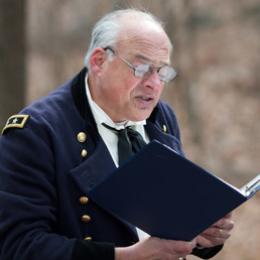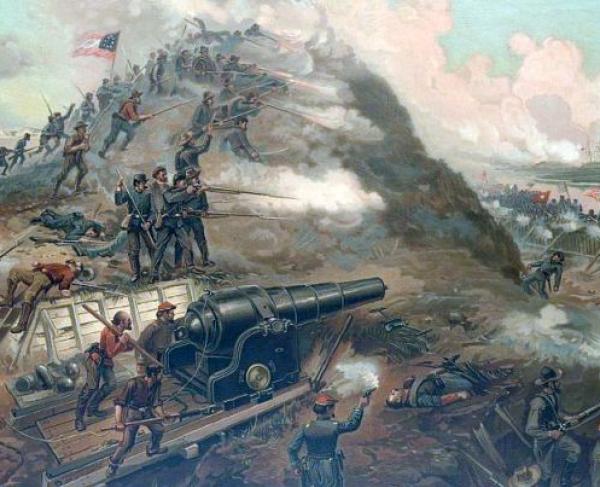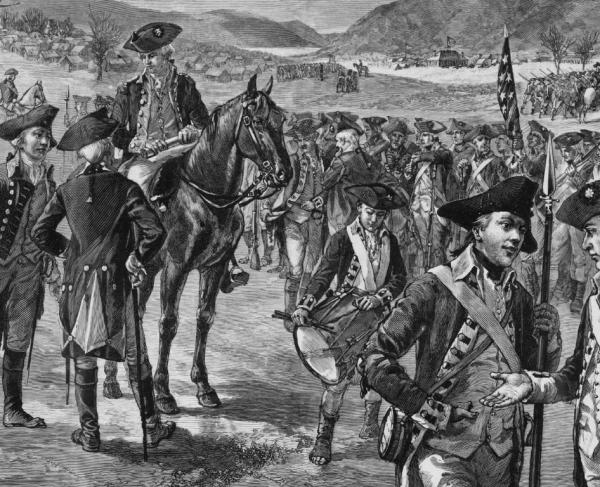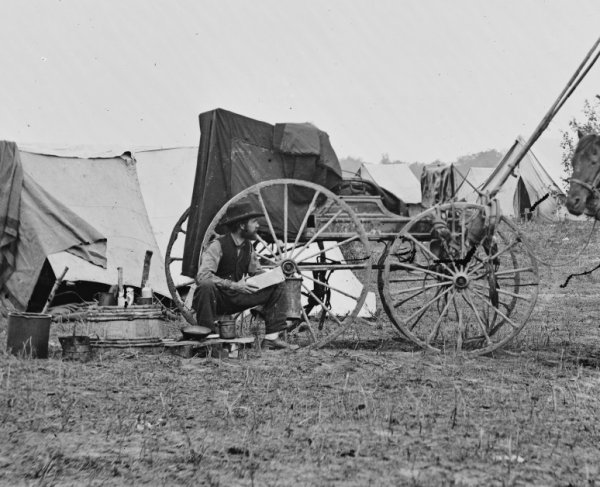Answers to Questions Kids Ask About the Civil War
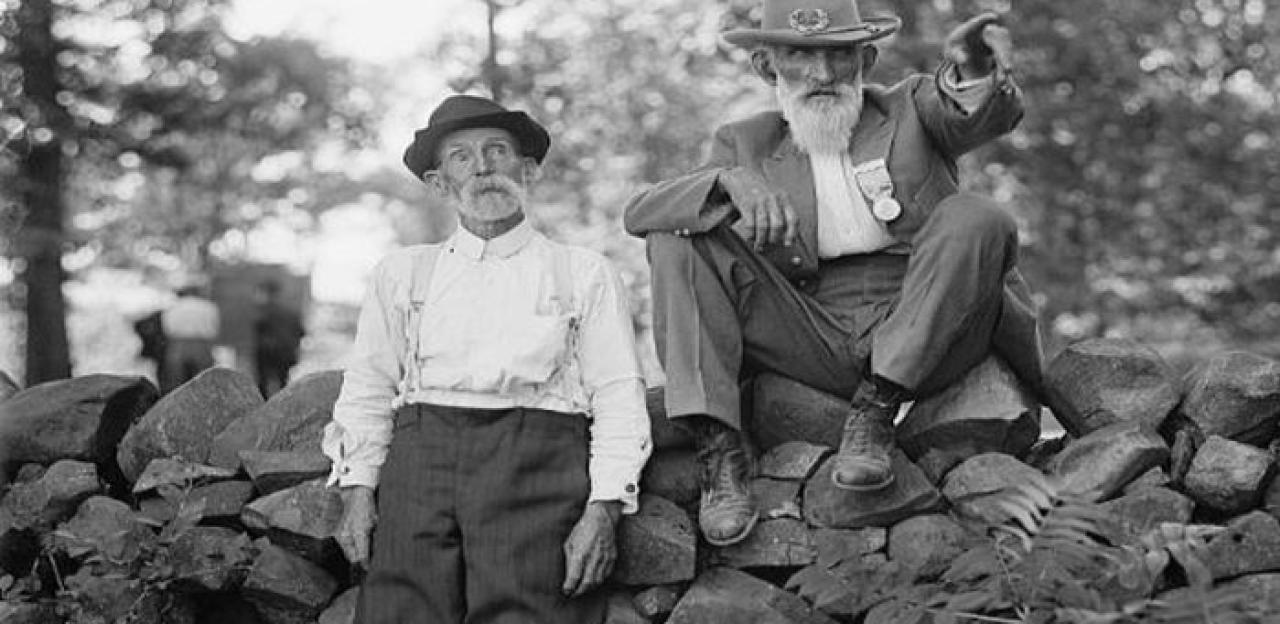
When talking about the Civil War with younger people — nieces and nephews, children and grandchildren — you may encounter some hard-to-answer questions. Some of these questions will be historically complex, others morally so, but all will demonstrate the youngster's yearning to understand what they are seeing more effectively. To foster that understanding, here’s a quick guide for you to consult in anticipation of potential questions when visiting a Civil War site. Remember that you can always visit the Civil War Trust’s website for a wealth of resources to excite your young historians!
How did the armies get here?
Most soldiers marched long distances, sometimes walking as far as 25 miles in a day. Some soldiers, and most officers, rode horses. Sometimes, if they were available, soldiers were transported by steam-powered trains.
Why did they fight battles on farmland?
During the Civil War, America was mostly a rural, agricultural country. Most people lived and worked on farms for their entire lives. Big cities tended to hug the east coast of the United States and were usually well removed from the battlefields.
How far did cannons shoot?
There are many different kinds of cannons, and they were generally able to hit targets from one to two miles away. Interesting fact: gunners used timed fuses to fire explosive shells, so they would have to estimate the amount of time (1 second, 1.5 seconds, 2 seconds, etc.) it would take for their shot to reach the target and then cut the fuse to the proper length.
Why were they fighting?
The Union (North) wanted to keep the United States together and to prove that organized democracy, which was very young at the time, could survive without factions constantly splintering away from the whole. The Confederate States (South) broke away from the Union to continue their practice of human racial slavery, which they believed was about to be abolished in the United States. About halfway through the war, the Union proclaimed that slavery would indeed be abolished in the rebellious states.
Who were the good guys?
There were good guys and bad guys on both sides. The political issues that drove the states apart did not matter much on the battlefield.
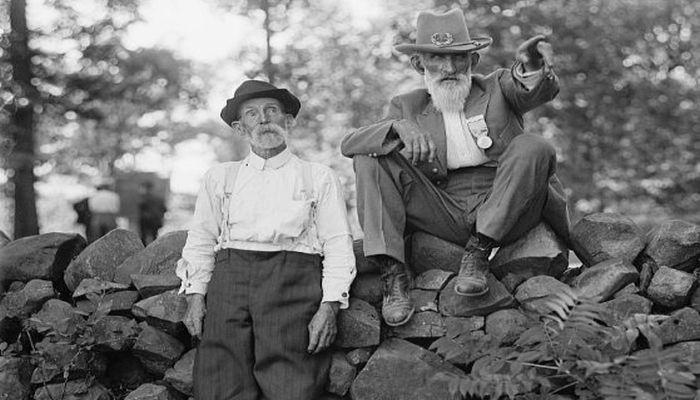
Why did they fight like that?
The weaponry of the Civil War was much different than the weapons we have now. Since soldiers could not shoot as fast or as accurately, a big group of soldiers in formation could usually overwhelm a scattered group of enemies.
What’s the deal with the monuments?
After the war, soldiers wanted to honor their fallen comrades so they came back to battlefields to dedicate monuments, usually placing them where their comrades fought and died. These monuments helped soldiers to heal from the psychological scars of the war.
Why are there modern structures on the battlefield?
Battles were fought on people's private property. The battlefields did not automatically become protected parks. Instead, land has to be bought from its private owners by somebody who wants to preserve it as a battlefield. Otherwise, the people that own the land have the right to build new things.
Why did they fight here?
Capturing cities and roads was a big part of Civil War strategy. Battles were usually fought when one side tried to capture a city or road from the other side.
What is a regiment?
A regiment is a group of about 300-1,000 men organized as a fighting unit. Many regiments consisted of men from the same town and or county and were broken up into state designations, such as the 14th Connecticut or the 15th Alabama.
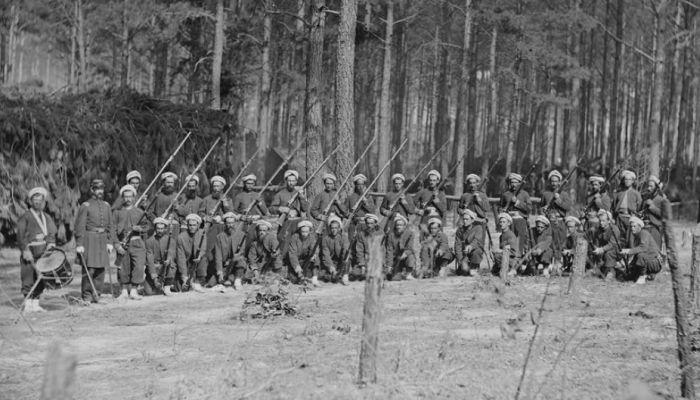
Did people of color fight in the Civil War?
African-Americans served in segregated regiments for the Union and saw a great deal of combat. Latinos, Native Americans, and Asian Americans also served in armies of the North and South.
What was medicine like?
Amputation was the easiest way for battlefield surgeons to treat wounds to arms and legs, especially when you had massive casualties. An early form of ether was administered to the patient before the doctor removed the limb, generally at the nearest joint line. Many features of modern medicine, such as triage care, ambulatory care, and prosthetics, were developed during the Civil War.
What happened to prisoners?
At the beginning of the war, prisoners were "paroled," meaning that they could go home but could not return to combat until their parole was "exchanged," meaning that both sides would agree to free a certain amount of paroled prisoners. As the war dragged on, the parole process fell apart due to the large numbers of prisoners and prisoners were housed in P.O.W. camps like Andersonville in Georgia or Elmira in New York. These camps were filthy and prisoners lacked sanitation and food. Many died of starvation and disease.
Did soldiers believe in God?
Soldiers on both sides were very religious. Most were Christian, but Jews served as well. Many could recite the Bible chapter and verse and many carried Bibles with them. Chaplains frequently served in Union and Confederate armies.
What was soldier life like?
Outside of fighting it could be very boring. Soldiers often drilled. They cooked, wrote letters, read magazines, and played games in their leisure time.
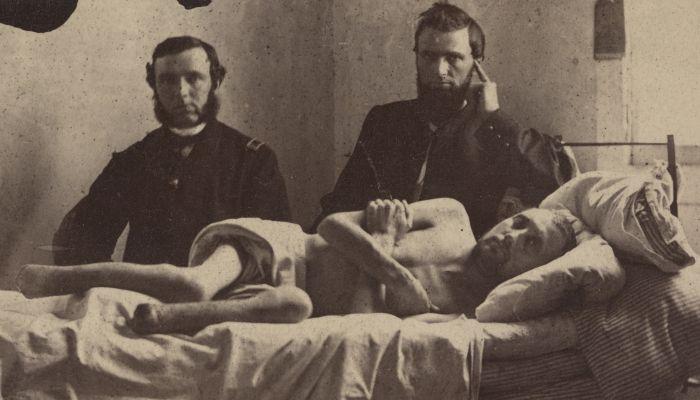
Did women participate in the war?
Some women disguised themselves as men in both armies and fought in battles. Some women served as spies, others were nurses, while women on the home front often took up various activities that supported the men in the field.
What were the guns like?
For the most part soldiers in both armies used a smoothbore musket in which a small, round lead ball was inserted into the barrel. Because the barrel was not rifled, which causes the ball to spiral like a football, when these balls exited the barrel they wobbled making them somewhat ineffective unless they were massed together in large numbers. That’s part of the reason soldiers fought the way they did. As the war continued, Union regiments increasingly used rifles which were much more deadly and accurate. The South did not have access to as many rifles because they had limited industrial resources.
Do we have photographs from the war?
The Civil War was one of the first wars to be photographed, but most images are portraits of people or that of battlefield carnage, because cameras at the time could not capture motion. Mathew Brady is probably the most famous photographer from the Civil War.
Why do people still argue about the Civil War?
Because there are different interpretations over the meaning of the war and some of the issues fought over during the Civil War face the nation today, issues such as: racial relations, the role and size of the federal government, and states’ rights.
How do historians know what happened?
Historians study the past mostly by using "primary sources," which are accounts of events written by people who witnessed them. These primary sources or documents might be letters, telegrams, battlefield reports, maps, soldier records and newspaper accounts from the time. Historians evaluate and analyze these documents and try to form a complete picture of what happened.
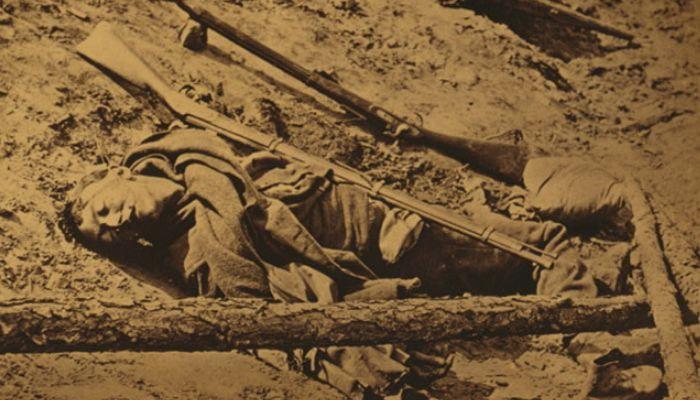
How many people fought in the war/died in the war/lived in the United States at the time?
Most historians believe that more than 620,000 Americans lost their lives during the Civil War, though some have argued the number may be higher. These statistics only apply to soldiers from both the North and the South and most of these deaths are attributed to disease, not to being killed on a battlefield. 2% of the American population at the time died as a result of the Civil War. If 2% of Americans died today that number would be between 6-7 million people. The total population of the United States during the Civil War was 31.4 million, of which 4 million or 12% of the population were enslaved, living mostly in the southern states.
Why did the North win?
Historians generally attribute Union success to the North’s greater industrial capacity, larger population from which to draw men, more money in banks, the leadership of Abraham Lincoln, and the fact that the U.S. Navy blockaded Southern ports so they could not trade or receive supplies from outside sources.
How did a battle end and what determined the winner?
Battles typically ended when one of the armies involved retreated from the field due to loss of men (casualties) and supplies. The winner of the battle was determined by who held the field at the end of the fighting.
Without modern social media, how did the country follow the news? Did the people not fighting know what was happening?
The email or text messaging of Civil War America was the telegraph. Telegraph wires crossed the country and news about fighting was delivered this way. Large cities in both the North and South had newspapers and people kept track of the war this way. Smaller towns and sometimes even cities would post in prominent locations broadsides that listed casualty figures with names from that community that fell on the field of battle. Often this would happen after major battles. Most people wrote letters, another way family members could follow the progress of the war.
Get Involved: Generations
